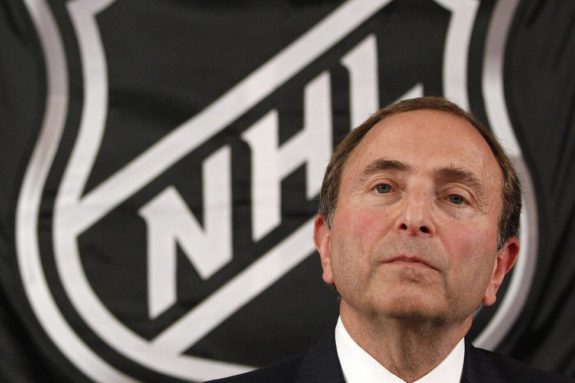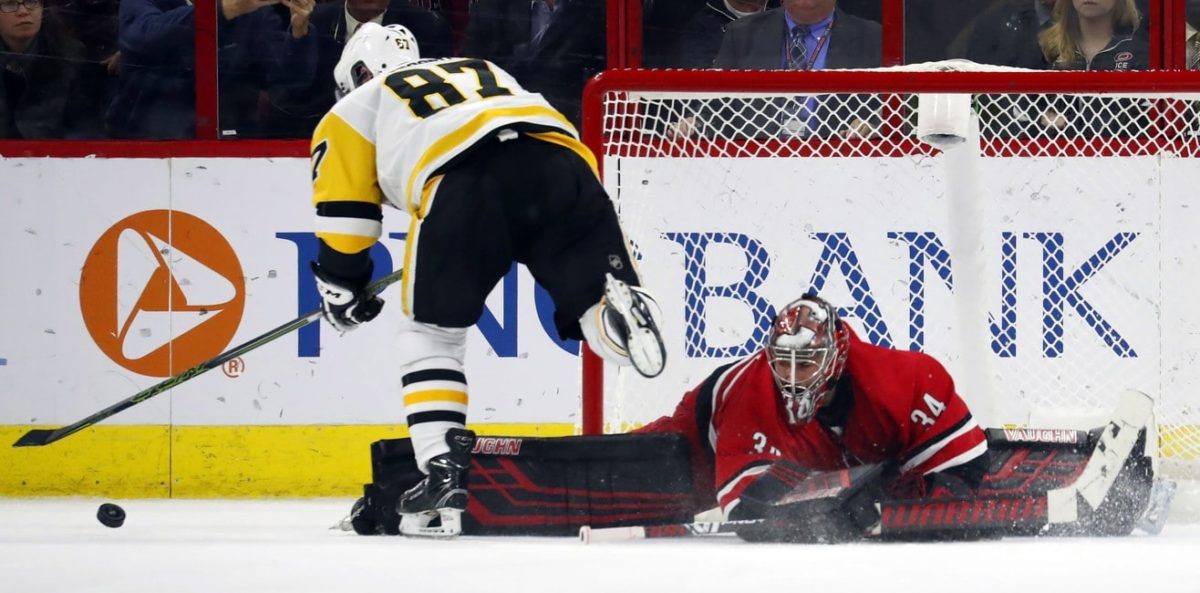Many hockey fans insist that the unique element of an eight-seed’s ability to reach the Stanley Cup Final makes the sport special. The same type of competitive balance doesn’t exist in other major North American professional sports. Gary Bettman has refused to give any indication whatsoever that the NHL will consider expanding its playoff system, however. An expanded field that now includes 32 teams will continue to fight for 16 spots every season.
Related: NHL Rumors: Bruins, Oilers, Maple Leafs, Ducks
The point system used for the NHL regular-season standings and the playoff tiebreakers has now reached maximum importance. The league must finally recognize that the broken system admits its own illegitimacy. It’s time to alter a system that awards one loser point for overtime and shootout losses without any greater reward for different types of victories.
NHL Overtime Rules
The NHL added the shootout after the canceled 2004-05 season as a way to determine a winner for every game in a landscape where ties had become too common. The glorified skills competition is not an effective way to determine the winner of a hockey game, but it is a necessary evil. The NHLPA will never budge to allow 5-on-5 sudden-death overtime during the regular season, and it would be challenging to play past five or 10 minutes in a 4-on-4 or 3-on-3 format.
The 4-on-4 overtime period that existed through 2015 and the 3-on-3 overtime period now in place shift the style of play drastically, but they at least follow the same rule structure. Wide-open overtime periods speed up a real game, but shootouts take place just for the sake of determining a winner. Winning with an actual hockey goal is completely different than winning on an untimed breakaway with no skaters playing defense.

The league saves the 5-on-5 overtime format, the right way to determine a game, for its most impactful time of year. It’s an acknowledgment that the regular-season point system isn’t their ideal choice. If you need further evidence of the league’s admission, look at how the playoff tiebreaker system points to a lack of merit for shootout wins. The first tiebreaker is the total number of regulation wins, and the second is the total number of regulation and overtime wins. In this case, the system directly acknowledges regulation wins with a higher value than overtime wins, which have a higher value than shootout wins.
If that’s the case, why isn’t there any sort of adjusted point value for a different type of victory? Awarding one point to a shootout loser acknowledges that the loss isn’t equal to a regulation loss. However, a shootout winner still receives two points, which is the same reward for a regulation win. The acknowledgment of a cheap loss is present, but the converse isn’t true for a cheap victory.
The Statistical Nightmare of “Hockey .500”
NHL games since the canceled 2004-05 lockout season all decide a winner, yes, but not all losses are created equal. The league has created an even stranger system that awards one point to a losing team that pushes the game past regulation. The system is most obviously deficient when two teams competing for playoff positions play each other late in the regular season. A head-to-head matchup doesn’t have the same implications if the game goes past regulation. The loser point also makes it more difficult for a team trailing in a playoff race to make up ground during the second half of the regular season, which eliminates some of the excitement of a playoff push.
The convoluted system has created misleading statistics that may or may not impact fan perception and franchise outlooks. Most sports standings use .500 as a statistical mean, but “Hockey .500” isn’t an achievement at all. In 2022-23, 22 of 32 NHL teams finished with a point percentage over .500. How could more than half the league be above average? A .500 win percentage would also land a team with 82 points. Only one team in the past 10 regular seasons with 82 games has qualified for the postseason with under 90 points.
Fans and teams should not perceive a .500 point percentage with positivity if it wouldn’t come particularly close to qualifying a team for the playoffs. Handing out points so carelessly also leaves the theoretical (although unrealistic) possibility that a team could lose every single one of its games and finish at Hockey .500 with an 0-0-82 record.
A Logical Solution
The NHL could find a better way to handle the necessary evil of a shootout without ruining its own point system. They could do a raw win-loss record, which would eliminate the complexities of this entire issue. However, they’ve given no indication that a change is even on the table.

The more likely alteration would include a three-point system for each game. A regulation or overtime victory could be worth three points for the winning team and zero for the losing team. A shootout victory could be worth two points for the winning team while the loser walks away with one point. The system would account for the drastic difference between the legitimacy of wins that the current system doesn’t acknowledge.
Opponents of this proposed change can reasonably point to an overtime win in a similar category as a shootout win, when the necessary evil of the regular season partly cheapens the victory. The case to tweak the proposal and adjust to two points for an overtime win and one for an overtime loss could make logical sense, certainly much more than the current imbalance. Any tweak the league would choose has a good chance of being more sensible than the current system.
